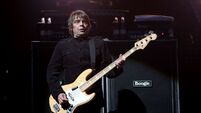Jim's Gems: Best albums of 1983 - including REM, Waterboys, Violent Femmes...
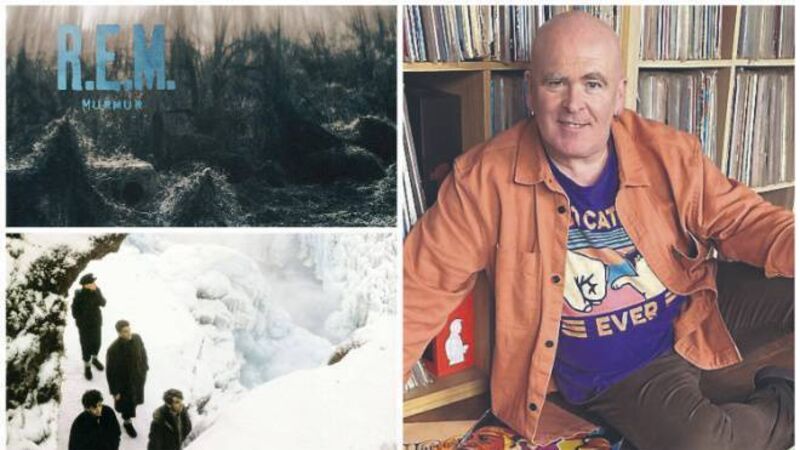
R.E.M. and Echo and the Bunnymen are among the best of 1985's pop parade, reckons Jim Comet
The year was 1983. Shergar had been kidnapped, the gardaí were bugging journalists’ phones and the constitutional amendment banning abortion was passed.
Musically it was becoming increasingly evident that a decade that had begun with so much promise was rapidly going down the tubes.
All new music seemed to be morphing into this bland white funk, spearheaded by certain major artists who should have known better.
This led many music fans, me included, to look back to the 1960s and ‘70s. However, there were still some gems to be found and I’ve attempted to pick what I consider to be the best 10.
In my desperate quest for new music, the first port of call was always Dave Fanning. He had begun to champion this little-known band from Athens Georgia, and every night I started to hear songs like ‘Talk About The Passion’, ‘Sitting Still’ and ‘Shaking Through’.
As a Byrds fan, REM’s jangly Rickenbacker guitars sounded great, and their subtle mix of punk and Americana ticked all the right boxes.
When the album came out I had to travel to Dublin to buy it as we were still awaiting the arrival of a decent record shop here in Cork. However, it was money well spent and the album remains in my opinion one of the finest debut albums ever.
On this, the Liverpool band’s third album, we see the Bunnymen going for a bigger production and expanding their sound to include strings and woodwind.
The initial recording sessions were difficult as the band weren’t getting on but they put their differences behind them and came up with their best-selling album to date which also featured their first two major chart hits, ‘The Back Of Love’ and ‘The Cutter’.
The album also featured the iconic cover shot of the band in the snow in Iceland.
It was an image that would be forever associated with them and it did wonders for the sale of second-hand overcoats. It was onstage where the songs really came alive. The ensuing tour touched down in the Savoy, Cork, in March of that year.
While I’m never sure what the term Southern Gothic actually means, it always sums up The Violent Femmes for me. A three-piece from Milwaukee fronted by the enigmatic son of a preacher man, Gordon Gano, their music was a mixture of punk, skiffle, bluegrass, country, and whatever else you’re having.
Lyrically, they weren’t afraid to tackle subjects like sex, murder, religion, and infanticide. Often in the same song. This didn’t always go down too well in the bible belt.
This album is very basic in comparison to the others, relying on just the three core members and their amazing musicianship. That would change on later records.
‘Blister In The Sun’ and ‘Gone Daddy Gone’ are now recognised anthems which I’ve even played at many weddings over the years.
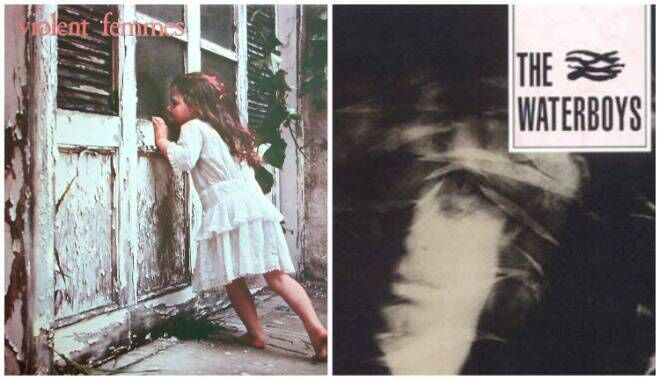
The Waterboys began in the early 1980s as a duo. While more members may have passed through their ranks over the years than Chelsea have had managers, their debut features mainly Mike Scott with a bit of Anto Thistletwaite, augmented by occasional drummers, bass players, and a drum machine.
While they were still searching for the big music there were certainly plenty of hints on this record at the direction they would head.
‘It Should Have Been You’ and ‘Three-Day Man’ have those ’80s anthemic undertones so beloved of U2 and Simple Minds.
Thankfully, folk music intervened and saved us.
Only the piano-driven ‘A Girl Called Johnny’ features in their current show, but this is an essential part of the Waterboys’ jigsaw, and it more than holds its own alongside what was to follow.
When I played in Cork band Belsonic Sound, we wanted to be The Stranglers.
While that was never realistically an option one can dream.
Lead singer Finny and I used to walk the city streets at night armed with a Sony Walkman, double adaptor, and The Stranglers on both sets of headphones.
We were mega-excited when this album came out as it heralded a new direction for the band.
They had developed a much more mellow nocturnal sound with a very European feel.
Acoustic bass, acoustic guitars, and electronic drums now prevailed, giving Dave Greenfield loads of space to weave his magic on the keyboards.
Perfect sounds for those dark side streets of Cork.
‘Never Say Goodbye’, which closes the record, was the highlight of singer Hugh Cornwell’s recent show at the Live at St Luke's venue.
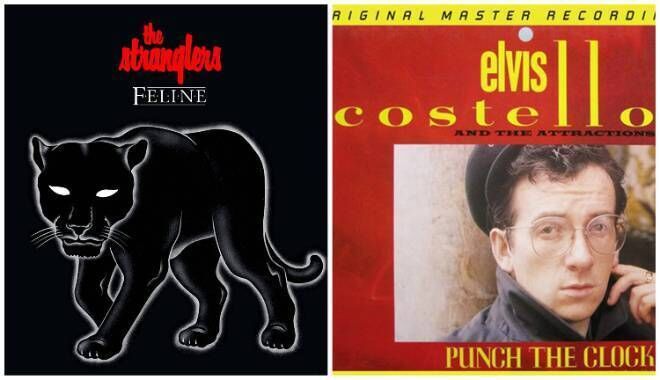
I was in college in Dublin when this came out and it would have gone under my radar but for one of my lecturers who kindly taped it for me.
It was the only cassette I had for nearly two weeks so I had no choice but listen to it.
This was Costello’s attempt to make a pop record and a lot of his fans weren’t very receptive.
While it’s a poppier version of Costello, to my ears at least, the record still sounds ears exactly like him.
The album opens with a bang with Let Them All Talk, featuring Dexys’ recognisable horn section.
The singles ‘Pills And Soap’ and ‘Everyday I Write The Book’ are textbook quirky Costello.
However, it’s the closing track ‘Shipbuilding’, a haunting melancholic piece written about the Falklands War - featuring the legendary Chet Baker on trumpet - that really steals the show. In my opinion, it’s the best song he’s ever written.
In 1983 Dylan emerged with arguably his strongest set of songs since Blood On The Tracks and a band which included Sly & Robbie, Mick Taylor, and Mark Knopfler.
This was his first secular album since recently emerging from his Born Again Christian period, which had alienated a sizeable chunk of his fans.
The single ‘Jokerman’, full of biblical imagery, was probably his most analysed song ever, as his many fanatical followers attempted to decipher his new message for the world.
The songs on the album dealt mostly with loss and loneliness.
The only qualm many would have with an otherwise excellent record was the inexplicable exclusion of ‘Blind Willie McTell’, regarded by many as one of his best-ever songs.
It was recorded as part of Infidels, but wasn’t officially released until 1991, as part of The Bootleg Sessions.
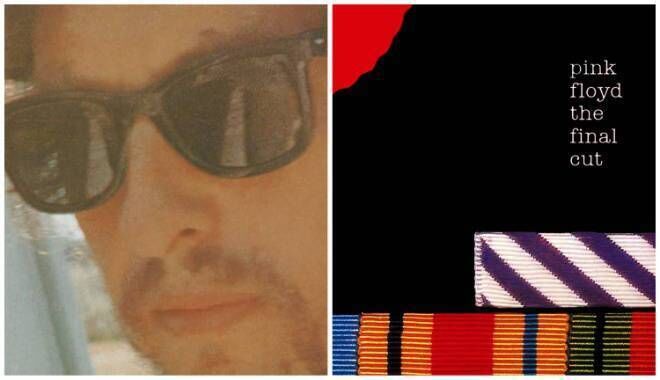
The Wall in 1989 was probably the most significant and deeply personal piece of art Roger Waters ever produced.
It deals with his mainly with his childhood and the trauma of losing his father who was killed in the battle of Anzio in 1944.
The album sold millions and there was even a movie but the stress surrounding it took its toll on everyone involved.
Richard Wright was fired from the band and Waters was barely on speaking terms with the other two.
However, there was unfinished business and the band convened one more time in the studio as a three-piece to complete the journey that was started with The Wall.
The Final Cut is the conclusion of a deeply personal and sometimes intense journey that is again inspired by his father’s death while also having a more general anti-war message inspired by events in the Falklands.
Waters basically disappears down the rabbit hole on this one, with scant contributions from David Gilmour and Nick Mason, who didn’t really grasp the magnitude of what he was trying to achieve. It would be their final record together.
While many will run for the hills at the mere mention of the words ‘free jazz’, for others it’s the ultimate form of musical expression.
Free jazz stalwarts Charlie Haden, Carla Bley, and Don Cherry first got together as the Liberation Music Orchestra in 1970 to record a protest record against the war in Vietnam.
They reunited in 1983, and this time their target was the Reagan administration and the US government’s various shenanigans in Central and South America.
The resulting record is almost like a symphonic fusion of free jazz, south American sounds, and sometimes traditional American folk music.
While that description may invoke horror in many readers, please don’t be put off.
I would encourage any curious music lovers who want their ears challenged to give this one a listen.
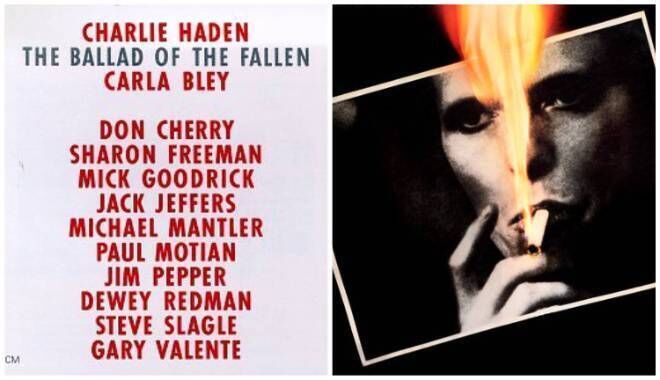
This one is a bit of a wild card because it was actually recorded in 1973 but not officially released until 1983 so I’m including it.
This is when Bowie famously killed off Ziggy on the final date of the Aladdin Sane tour in the Hammersmith Odeon.
It’s probably the best recording of Ziggy and The Spiders, who are absolutely on fire on the record.
It is also one of the best live albums ever.
This was the holy grail of bootlegs (a must for any self-respecting music fan in the ’70s and ‘80s) before its official release, and I still have my cassette copy at home somewhere.
Of course, we all know he didn’t really kill off Ziggy. He kept coming back.
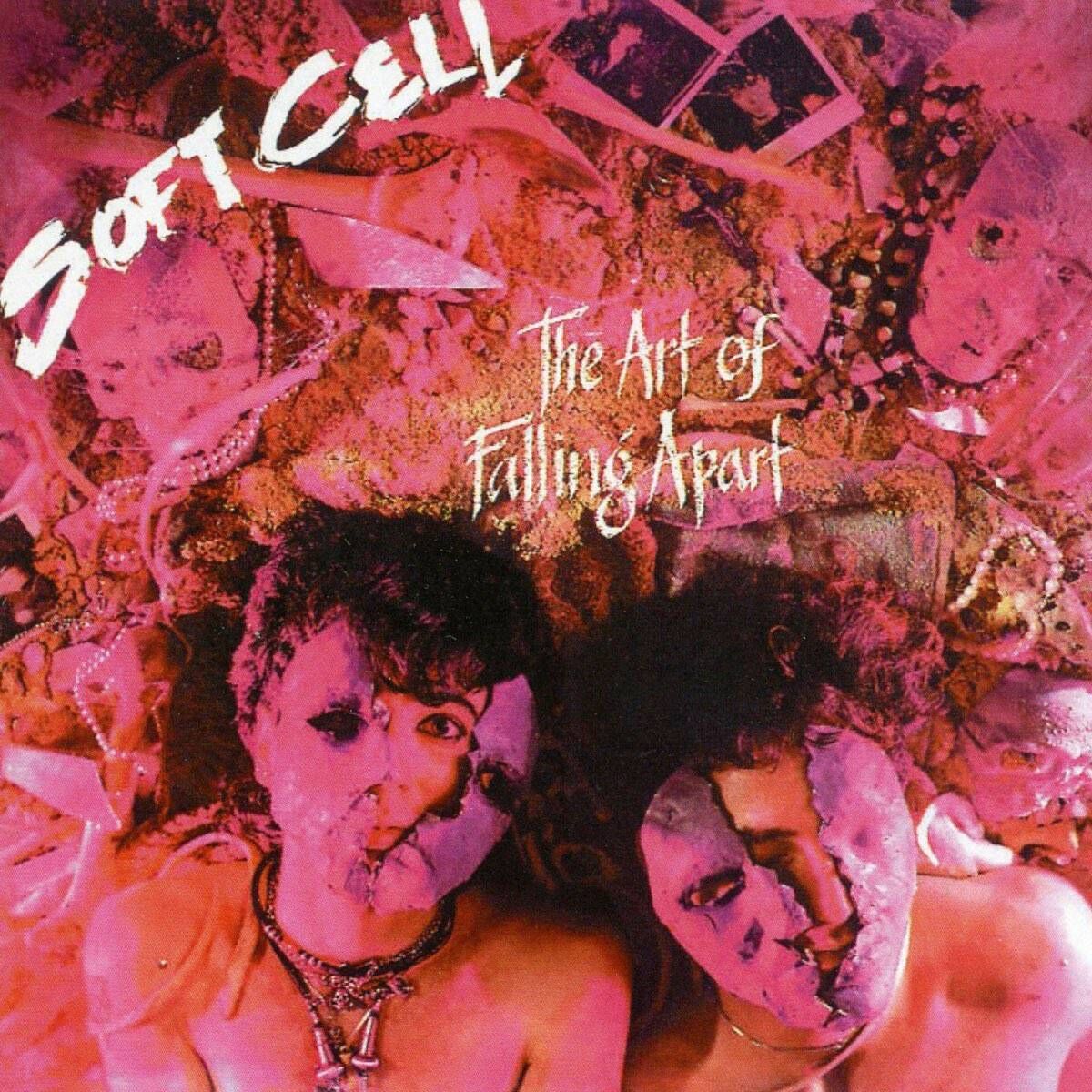
The second album owed more to Vaudeville than to Soho and wasn’t as striking, but it still impresses.
For some his greatest album but for many - myself included - the start of a deep artistic decline, from which it took him years to recover.
No place for Catch A Fire [Bob Marley and the Wailers]? Ah, now. Tubular Bells is hard to leave out too (though I have to admit it’s years since I’ve listened to it).
Some fine picks there. Other honorable mentions - King Crimson - Larks' Tongues in Aspic; Can - Future Days; Roxy Music - For Your Pleasure; Led Zeppelin - Houses of the Holy; Neil Young - Time Fades Away; Herbie Hancock - Head Hunters; New York Dolls - New York Dolls; Lynyrd Skynyrd - Pronounced 'Lĕh-'nérd 'Skin-'nérd; Rory Gallagher - Tattoo.
In an era when there was so much dreadful prog-rock and endless head-nodding guitar solos (thankfully, punk was just around the corner), I'd concur with most of his selection, although Springsteen fans will feel left out. Yes to the Tom Waits which has endured, and Jim is correct in saying that Berlin is Lou Reed's best offering. Two more I might add are the jazz and funk-influenced Countdown to Ecstasy by Steely Dan, produced by the legendary Gary Katz; and Little Feat's third offering, Dixie Chicken, produced by the great Lowell George.

